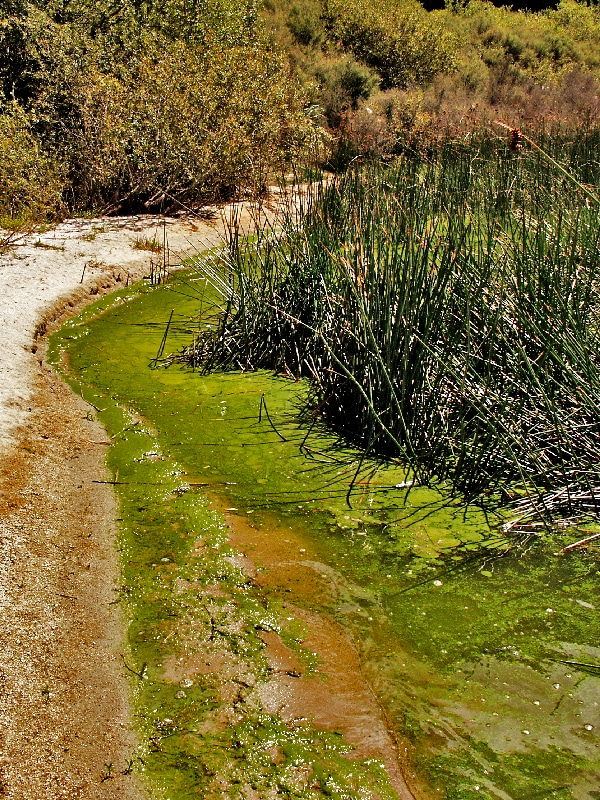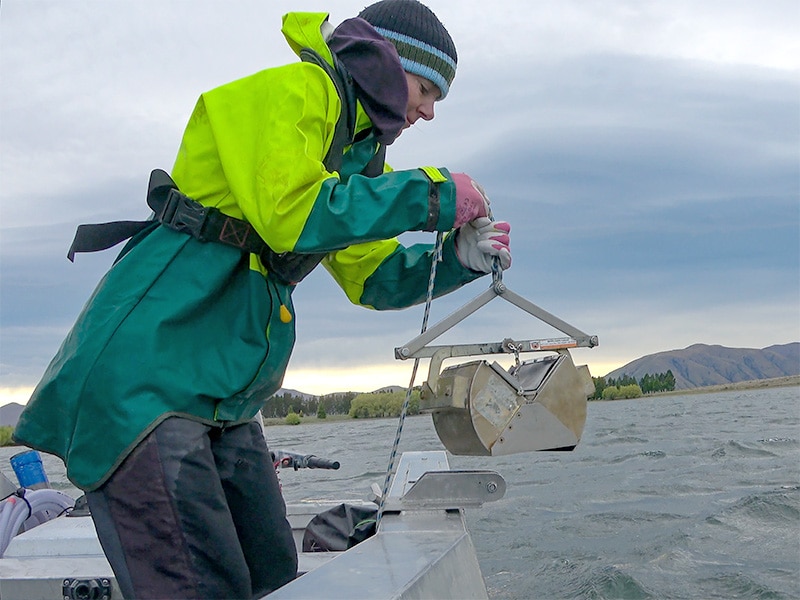Picard, M., Wood, S. A., Pochon, X., Vandergoes, M. J., Reyes, L., Howarth, J. D., Hawes, I., & Puddick, J. (2022). Molecular and Pigment Analyses Provide Comparative Results When Reconstructing Historic Cyanobacterial Abundances from Lake Sediment Cores. Microorganisms, 10(2), 279. https://doi.org/10.3390/microorganisms10020279
Abstract
Understanding the historical onset of cyanobacterial blooms in freshwater bodies can help identify their potential drivers. Lake sediments are historical archives, containing information on what has occurred in and around lakes over time. Paleolimnology explores these records using a variety of techniques, but choosing the most appropriate method can be challenging. We compared results obtained from a droplet digital PCR assay targeting a cyanobacterial-specific region of the 16S rRNA gene in sedimentary DNA and cyanobacterial pigments (canthaxanthin, echinenone, myxoxanthophyll and zeaxanthin) analysed using high-performance liquid chromatography in four sediment cores. There were strong positive relationships between the 16S rRNA gene copy concentrations and individual pigment concentrations, but relationships differed among lakes and sediment core depths within lakes. The relationships were more consistent when all pigments were summed, which we attribute to different cyanobacteria species, in different lakes, at different times producing different suites of pigments. Each method had benefits and limitations, which should be taken into consideration during method selection and when interpreting paleolimnological data. We recommend this biphasic approach when making inferences about changes in the entire cyanobacterial community because they yielded complementary information. Our results support the view that molecular methods can yield results similar to traditional paleolimnological proxies when caveats are adequately addressed.




